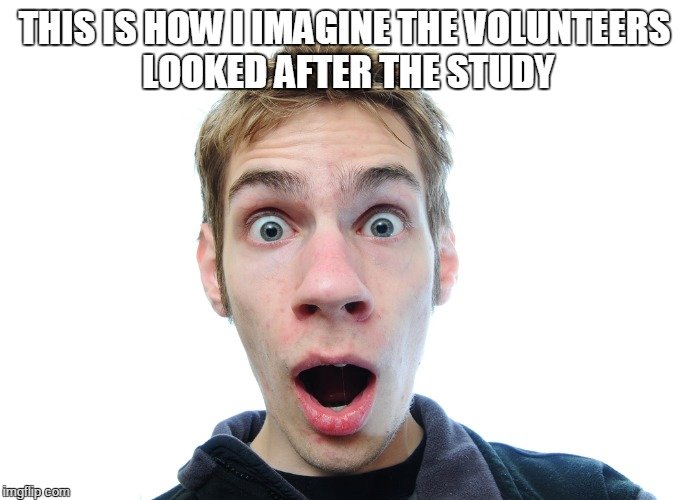Table of Contents (click to expand)
Yes, staring at someone’s face for too long can mess with your brain.
In between their more significant discoveries, scientists occasionally decide to test out some pretty wacky hypotheses. One such scientist, vision researcher Giovanni Caputo from the University of Urbino in Italy, decided to test out what would happen if people stared into each others’ eyes for 10 minutes straight.
Although the idea sounded a bit odd at first, I have to thank him and his team today for carrying out this experiment, as the results obtained have given us some fascinating in”sights” into how the human mind operates.
The Study
For this study, Caputo called upon 40 volunteers to participate. These people had very little idea of what the purpose of the experiment was; all they had been told was that the experience would be “meditative” for them.
The volunteers were then sorted into pairs, and ushered into a dimly lit room. Half the volunteers sat facing each other, and were told to stare into each others’ faces for 10 minutes. The remaining volunteers, the control group, sat facing away from each other and stared at a wall for 10 minutes.
All the volunteers then filled out questionnaires describing their experiences in the room.
Not your normal idea of an experiment, right? Just wait until you hear the results…
Also Read: Why Do People Generally Look Up When They’re Searching For An Answer To Something?
The Findings
The volunteers reported having a “compelling” experience, the likes of which they had never experienced before. They felt “spaced out” and some described it as a sort of “out of body” sensation. The experience was far more intense for the face-staring group as compared to the control group that stared at a wall.

What they saw in their partners’ faces is even more surprising: 90% said that their partner’s face started becoming distorted, 75% freaked out due to the monstrous features appearing on their partner’s face, 50% saw their own faces appear before their eyes at some point, and 15% even saw their partner’s face transform into the face of a relative!
Also Read: How Many Faces Can We Remember?
The Explanation
The term used to describe the experience of those volunteers is dissociation. The term refers to the feeling of detachment from reality that is primarily brought upon by a lack of sensory stimuli. This phenomenon is an apt explanation for the study’s results, since staring at a person’s emotionless face for 10 minutes isn’t going to provide much stimulus for your brain to snack on, leaving it bored and…you guessed it – dissociated.
This state of dissociation, in turn, can make a person view the world in distorted colors, cause them to think that the world isn’t real, and may even result in memory loss. Until now, these extreme conditions were only known to be brought on by drugs or trauma, but now we know that, strange as it sounds, even staring at a face can do the trick.
As you can see, our brains can do some pretty strange things to fill in the gaps of information that form when sensory stimulation is cut off. The face-staring experiment is another fascinating example of the complexity of the human mind, and the bizarre lengths it can potentially go to make sense of the world in which we live.
Do you remember the consequences of staring at someone for a long time?

